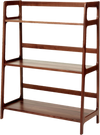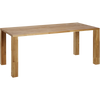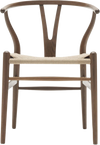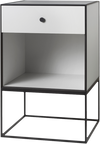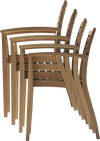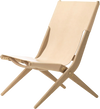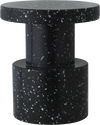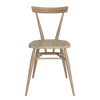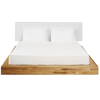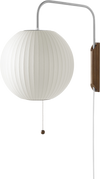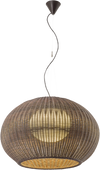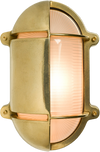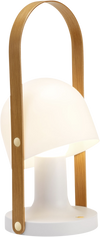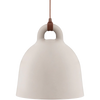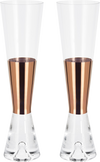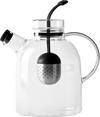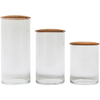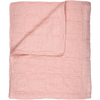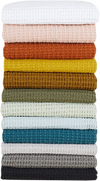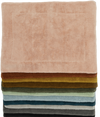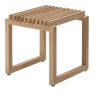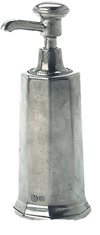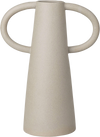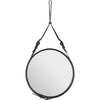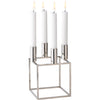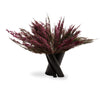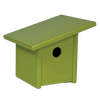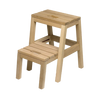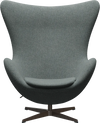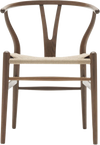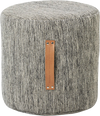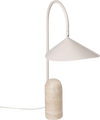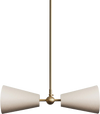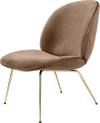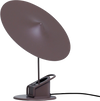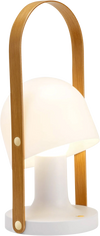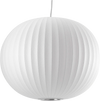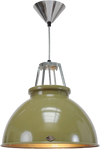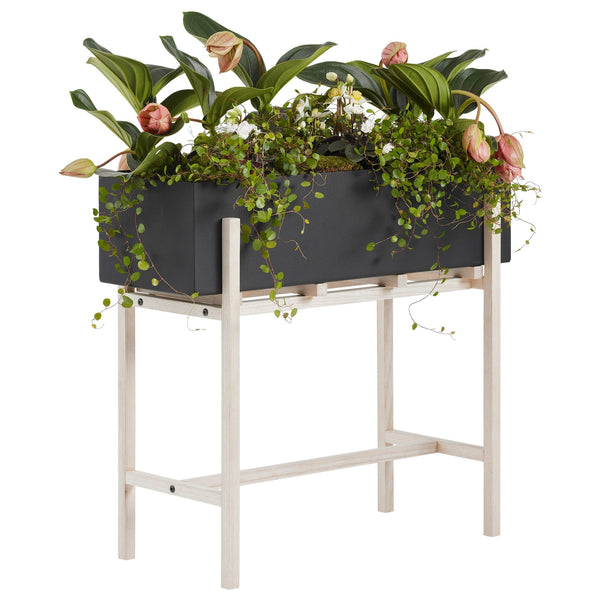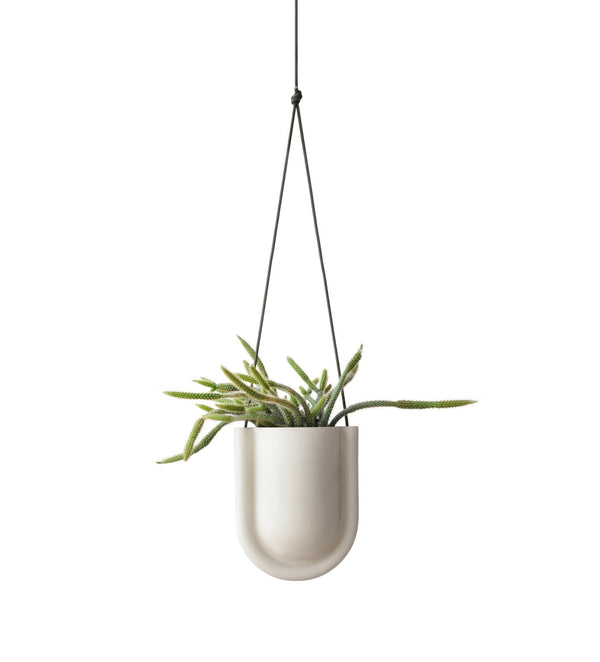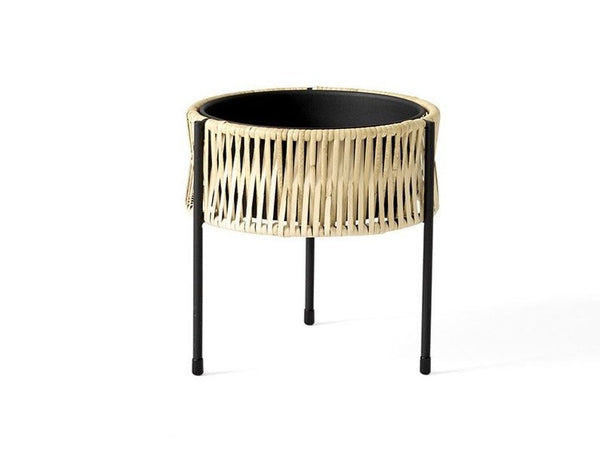Maximalist Greenery, Minimalist Design
It may be hard to imagine a world in which maximalism and minimalism can coexist in harmony. However, a growing trend known as biophilic design has created a demand for the two to cohabitate.

Purely because of their wild and ever-expanding nature, plants tend to infuse a maximalist aesthetic that is enhanced by using a greater number of them strategically placed around a room. But even the lush and abounding temperament of plant decor can be tamed and staged to enhance rather than overrun your minimalist interior design aesthetic. Adding greenery into minimalist spaces can create a unique and inviting space with an organic flow –you just need the right tools, a little maximalist appreciation, and perhaps a Scandinavian planter or two.
Maximalism and Greenery
Maximalism is everything minimalism isn’t. Minimalism enjoys clean surfaces, minimal detail, understated colors, and modest silhouettes. Maximalism enjoys a little well-placed clutter, bold color palettes, blended textures, and unique items that shout "personality" from the rooftops. Eclecticism often comes to mind in maximalist living spaces.
The general concept of Maximalism is not to fill a room with as many items as possible, but rather to find ways to express personal style, through a cohesive theme, without worrying about limitations.
Maximalist greenery is an unlikely bridge between maximalism and minimalism. Certain varieties of plants can have a minimalist aesthetic on their own, but coupled with others, one can achieve a maximalist look. Maximalist greenery then, is an abundance of plants, of multiple varieties, staged and arranged in a way that embraces the “no limitations” credo of maximalism. Fortunately for the minimalists, indoor plants come in many shapes and sizes and, when used strategically, can enhance rather than clutter your minimalist aesthetic.

Balancing Bold Greenery in a Minimalist Home
The best part of utilizing greenery in minimalist designs is the freedom of variety. Big leafy vines and huge palms are not the only options, which means it’s relatively easy to find a plant that matches the rest of the room. Choose slow-growing plants with dark or more muted colors, research pruning techniques to keep them tamed and compact, and choose plants with shapes and growth patterns that adhere to the minimalist expression. Keeping the collection to a minimum of three to five well-placed plants that act as a burst of color is another great way to balance greenery with minimalism.
Finally, to ensure the minimalist look is not lost amongst the greenery, use pots and planters that match the room’s style. There are plenty of Scandinavian planters and plant stands that carry the minimalist look, so no matter how many plants occupy a space, they will not disrupt the overall flow of the room.
Minimalist Houseplant Favorites
For spaces that breathe simplicity, there are a number of plants that seem as though they were designed specifically to complement rather than overpower. The increased popularity of indoor plant decor has made many tropical and common succulent, tree, and palm varieties readily available. Here are some of the best houseplants for the minimalist home:
For the Modern Home: A snake plant or Bird of Paradise plant both have a dramatic upward movement with muted colors and simple leaves. They usually require larger pots and can easily compete with other statement pieces in the room.
For the Scandinavian Home: The Pilea Peperomiodes and Jade plants both have a very clean look that isn’t disruptive. They are also typically smaller plants that can grow into sturdy, bush-like plants if left to do so.
For the Mid-Century Modern Home: The Fiddle Leaf Fig and Marbled Pothos plants both have a refined character that shines through and adds something a little different to the room.
For All Homes: Elephant’s Ear and Cast Iron plants are both lush with a leafy, tropical look and have a huge impact, even if you only have one plant.

Minimalist Planters We Love
The right pot or planter can tame even the wildest of indoor plants, bringing the whole aesthetic back to minimalism whether there is one to twenty plants.
The Fitzgerald Planter is natural wood in a simple, squared shape. Its understated shape and three wood options, makes it a great option for rooms that embrace nature. Place this planter on the coffee table or windowsill and enjoy its earthy presence.
The Botanic Stand is a gorgeous, minimalist indoor planter that is perfect for fitting a number of plants into a smaller, more controlled space. Plant succulents, ferns, or a variety of greenery in the Botanic Stand for an organic burst of green contained in a simple, Scandinavian plant stand.
The Hanging Deco Pot lets you add green without crowding flat surfaces. Use the Hanging Deco Pot to accommodate vining plants or to simply create an airy feel while still being functional and simple.
Bringing vibrant greenery into a minimalist interior design is not impossible. With a few strategic choices in plant type, planter design, and arrangement, the natural maximalism of indoor plants can be seamlessly integrated into a minimalist space without compromising style and comfort.


















